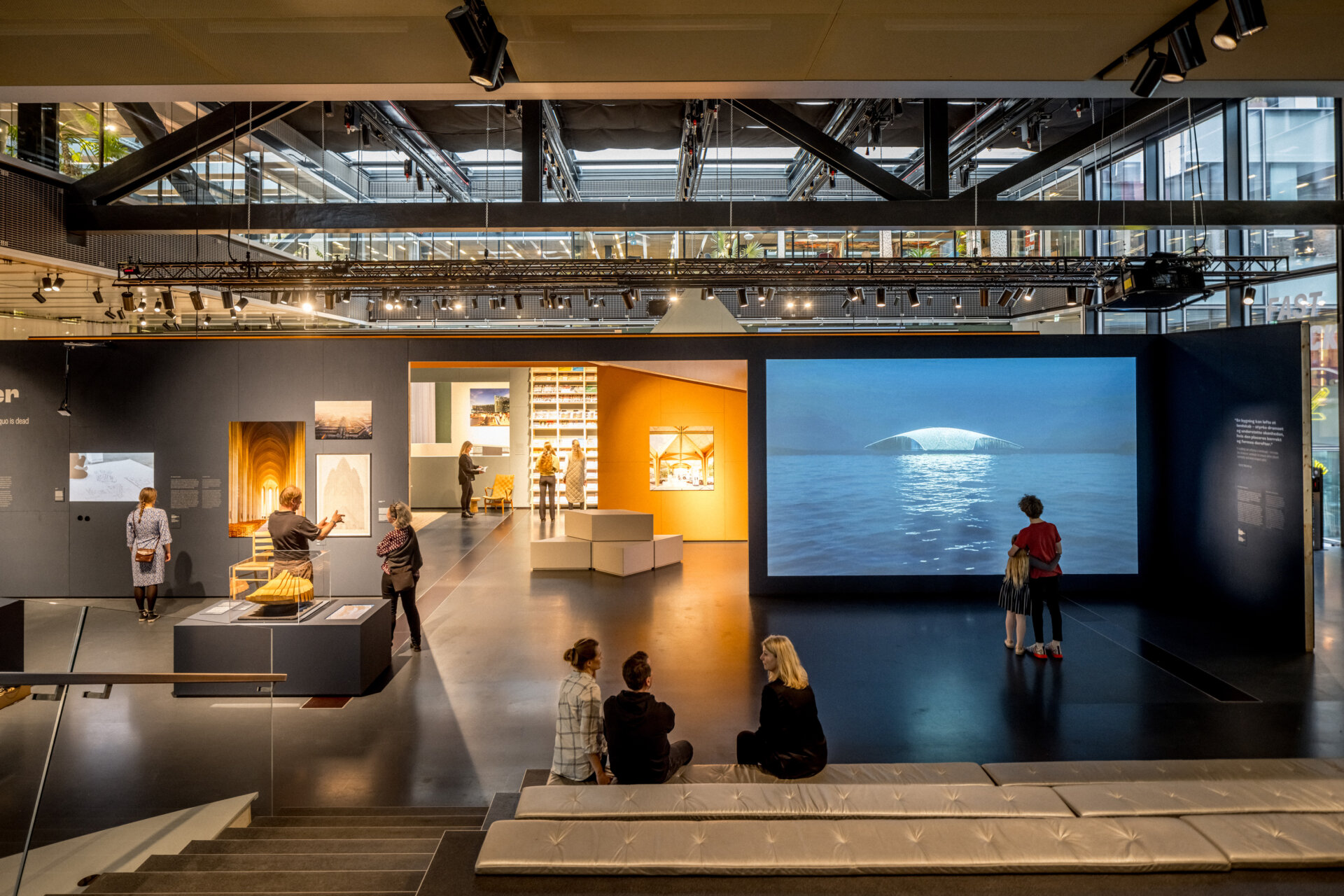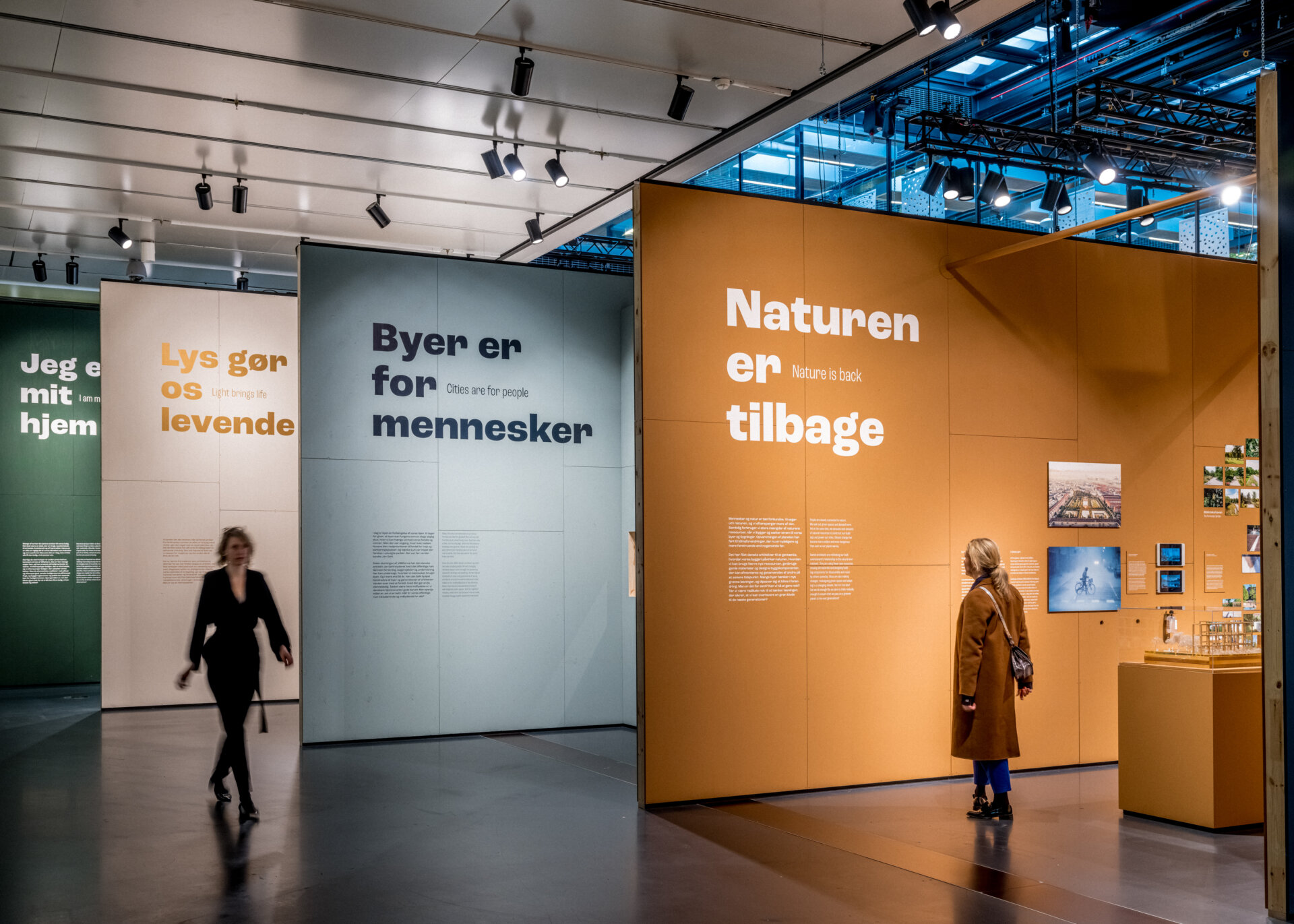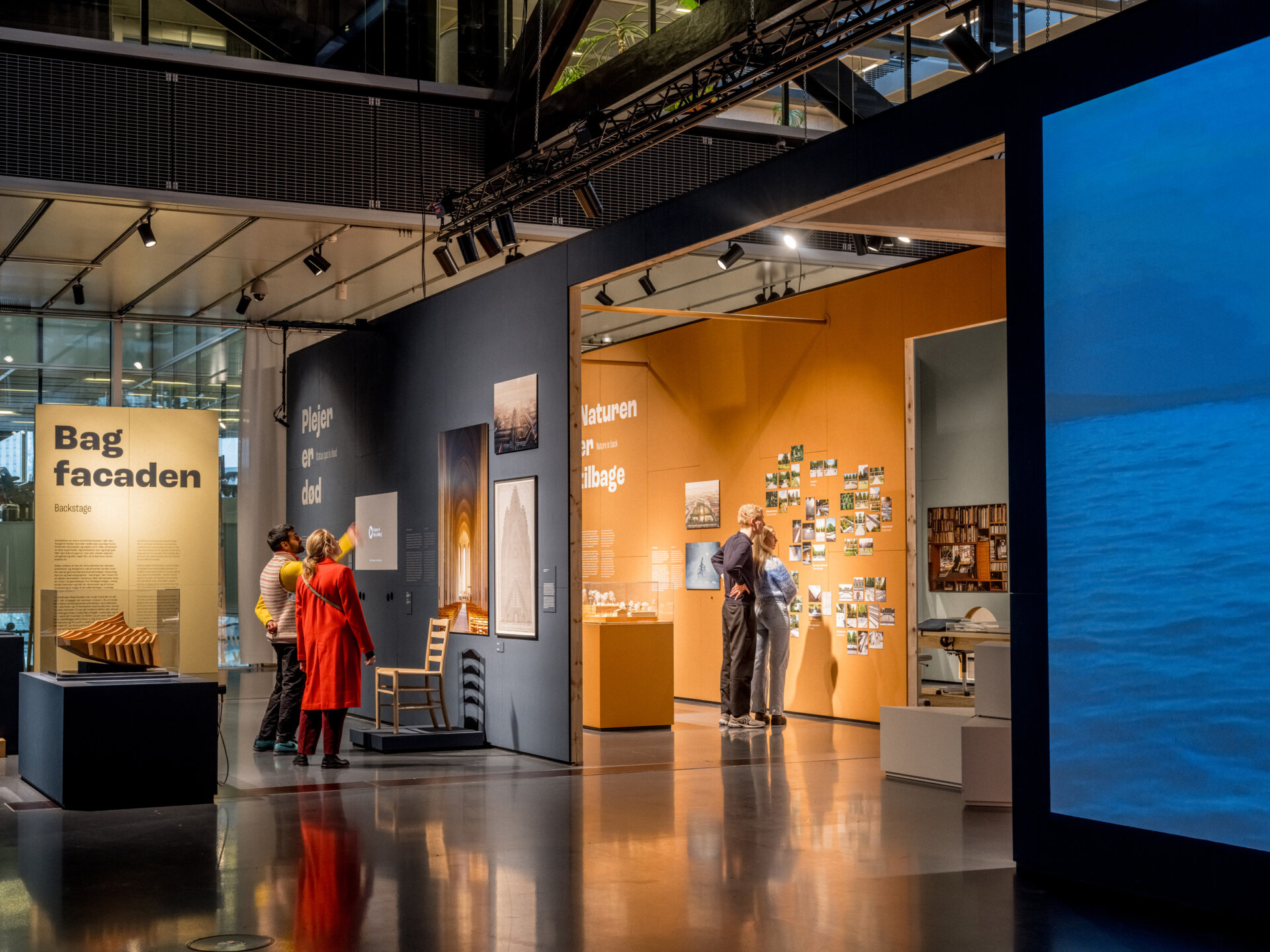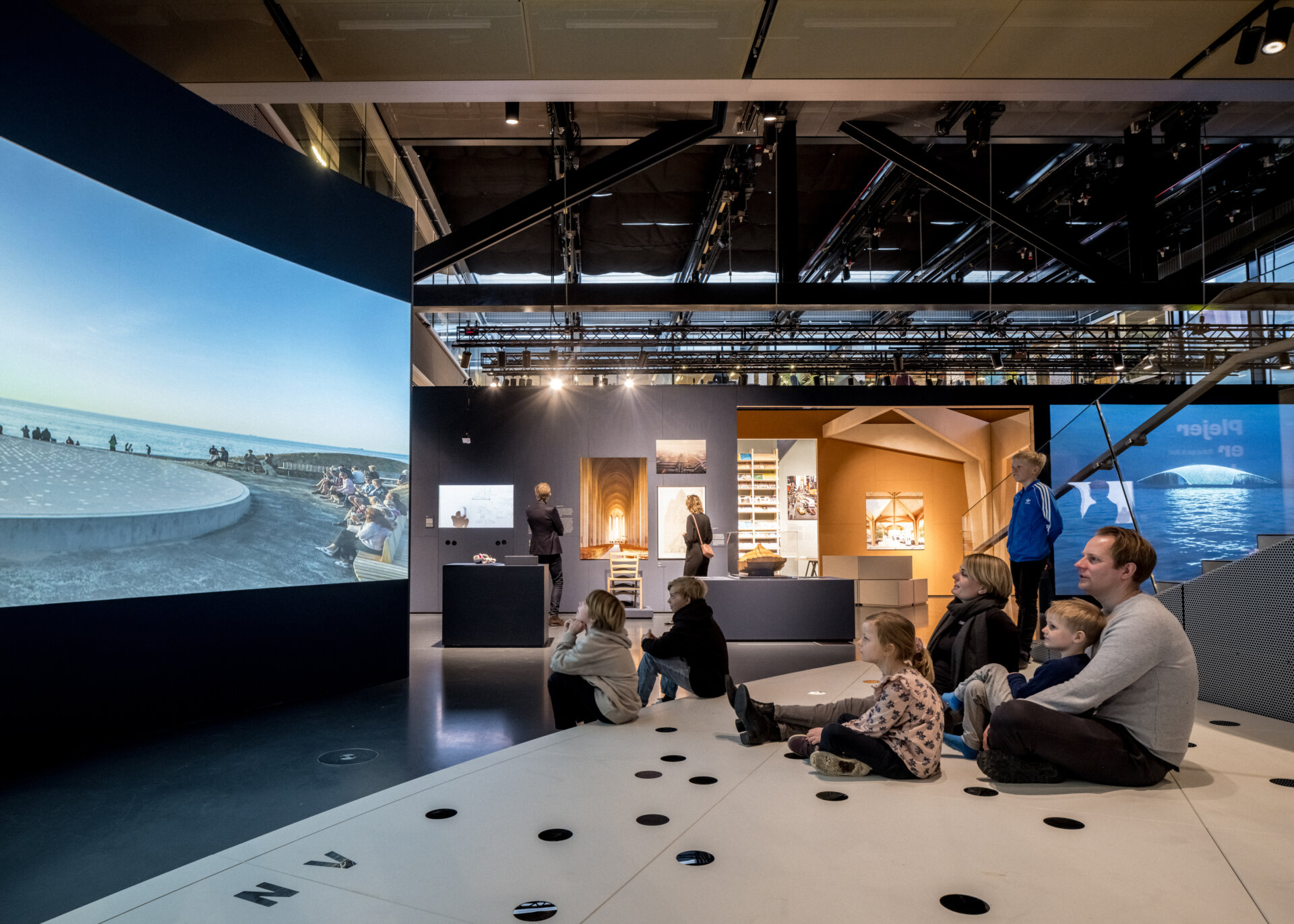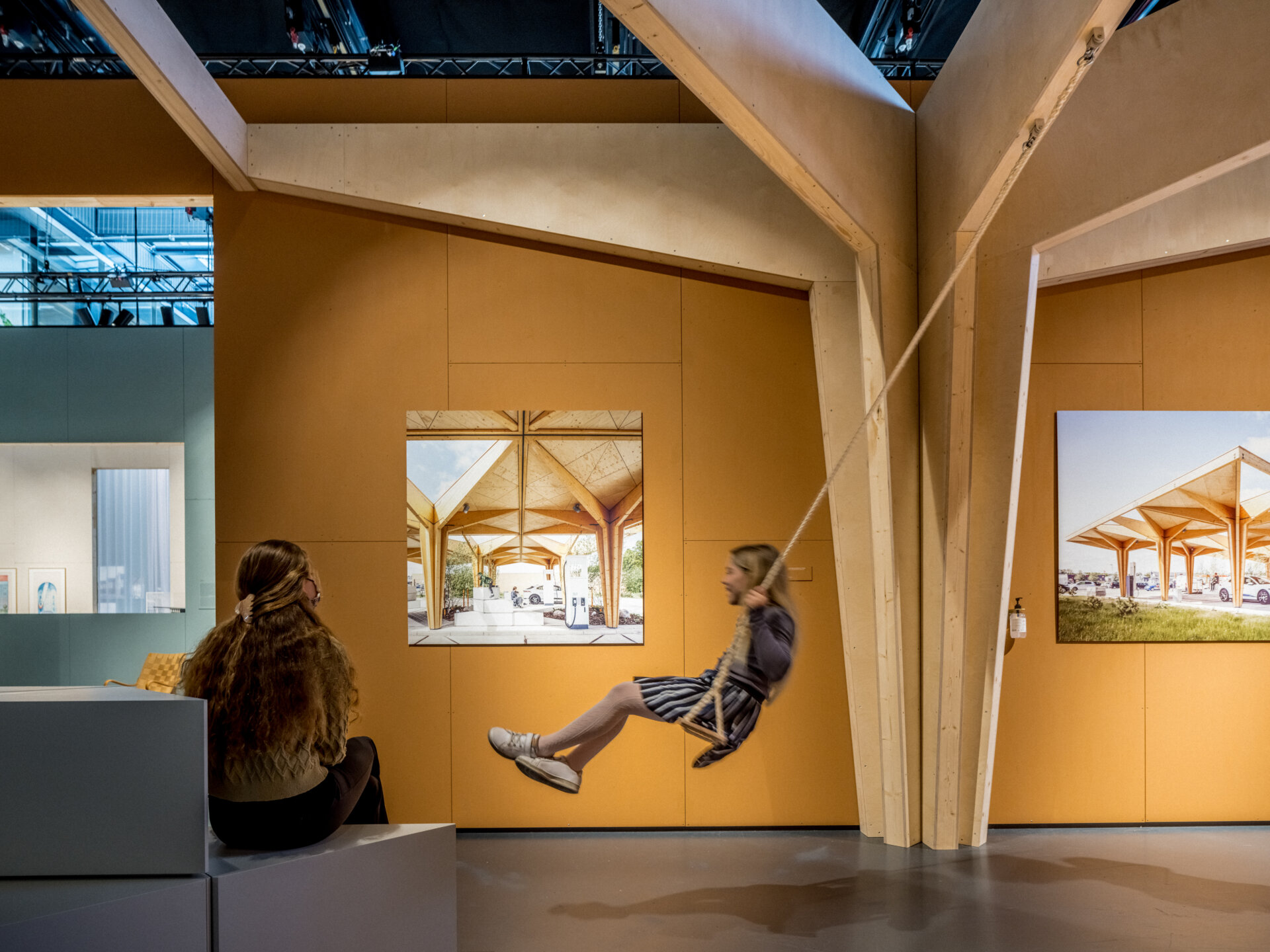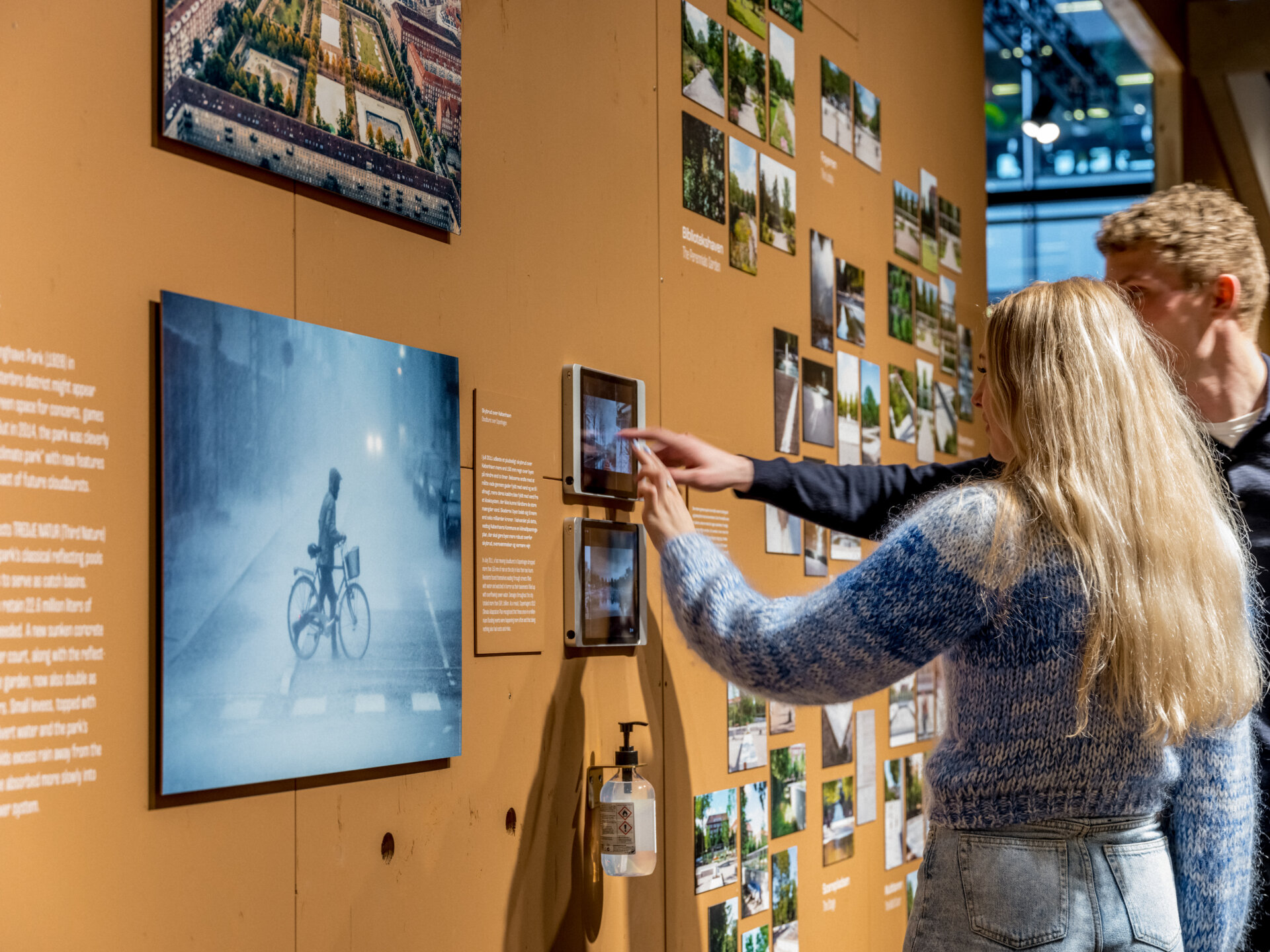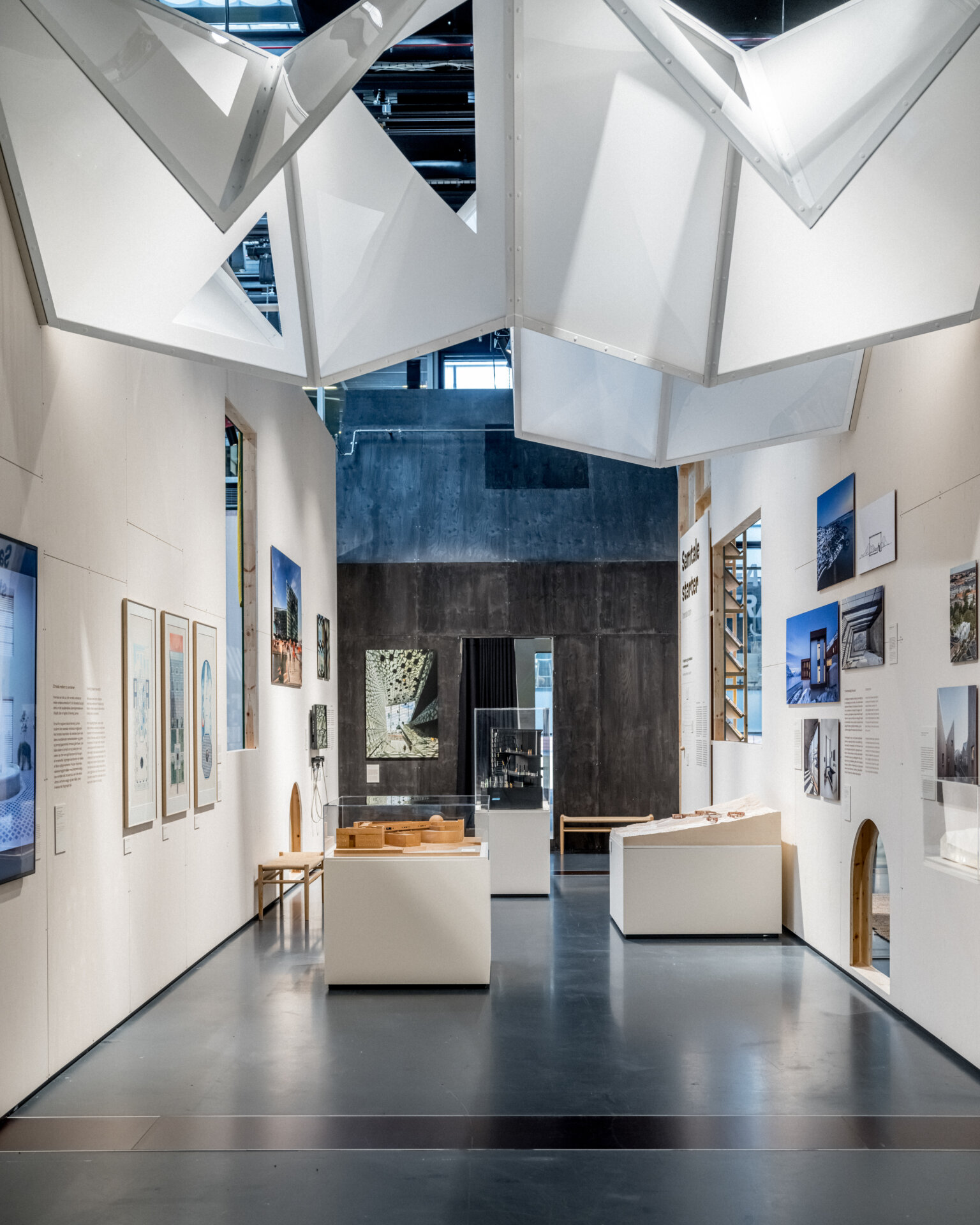
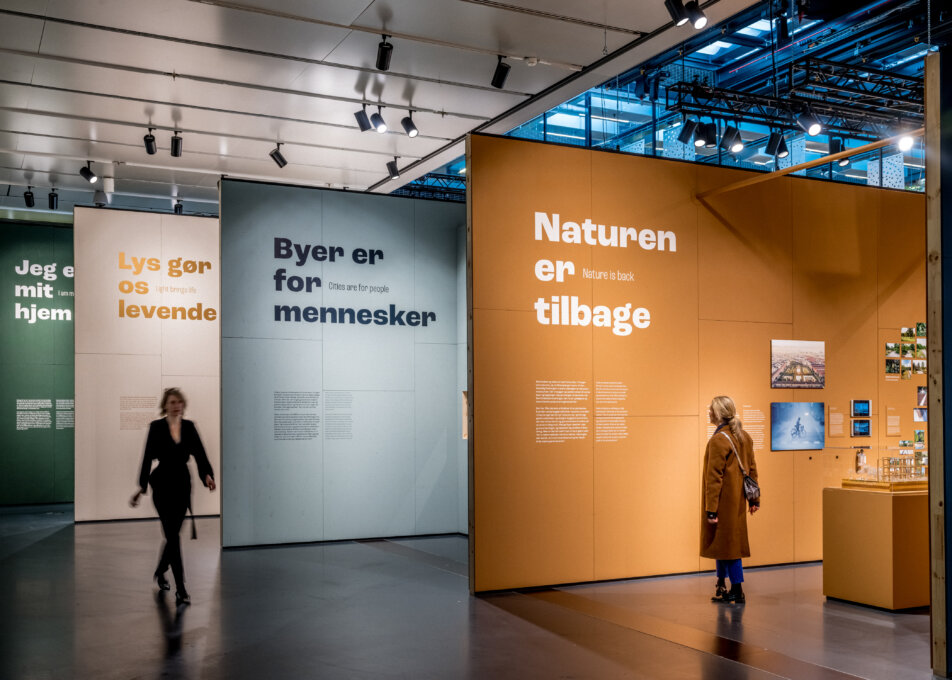
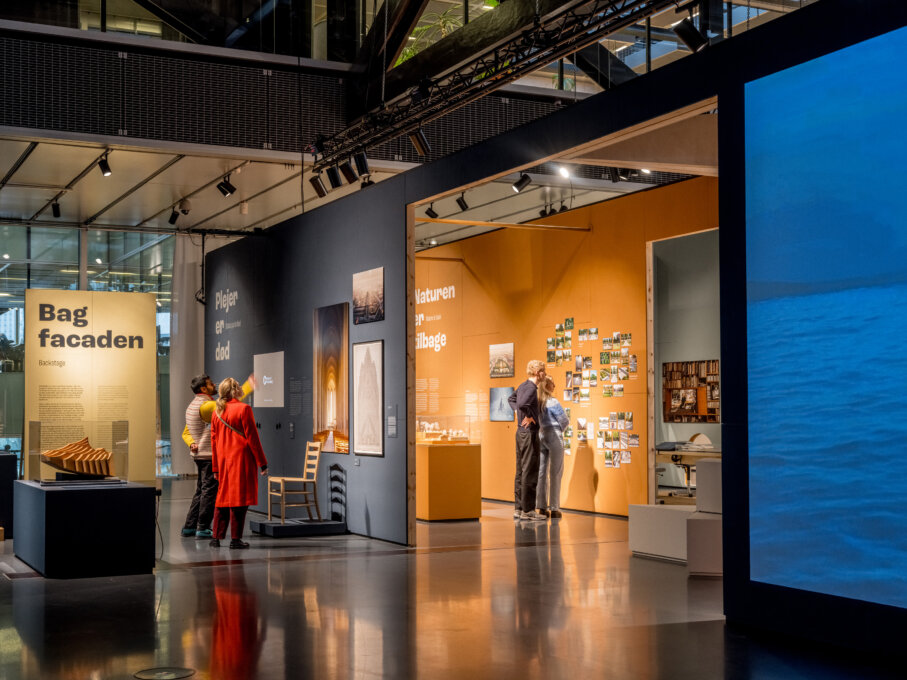
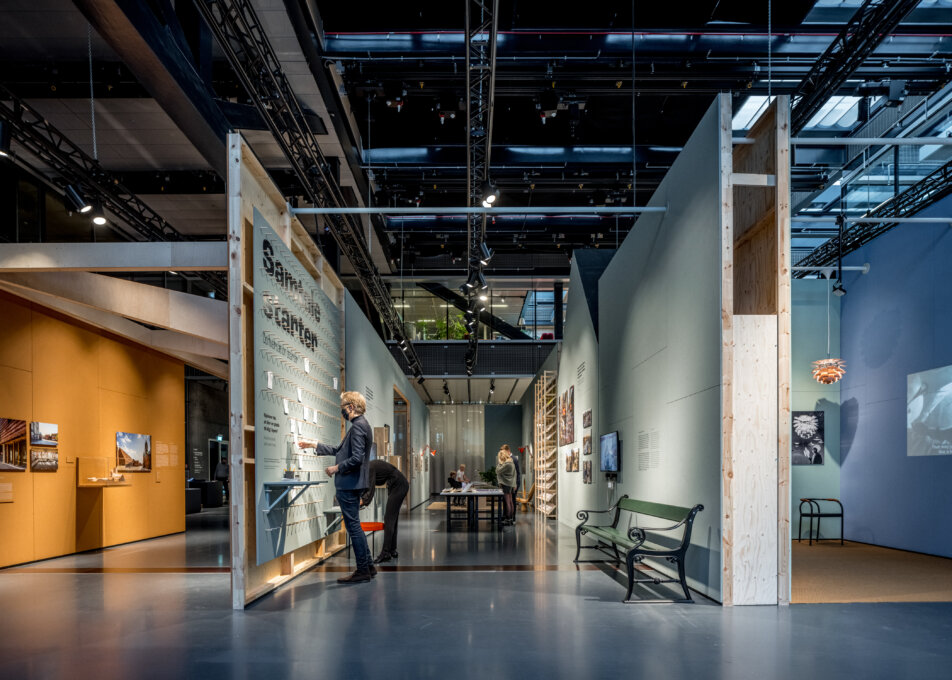
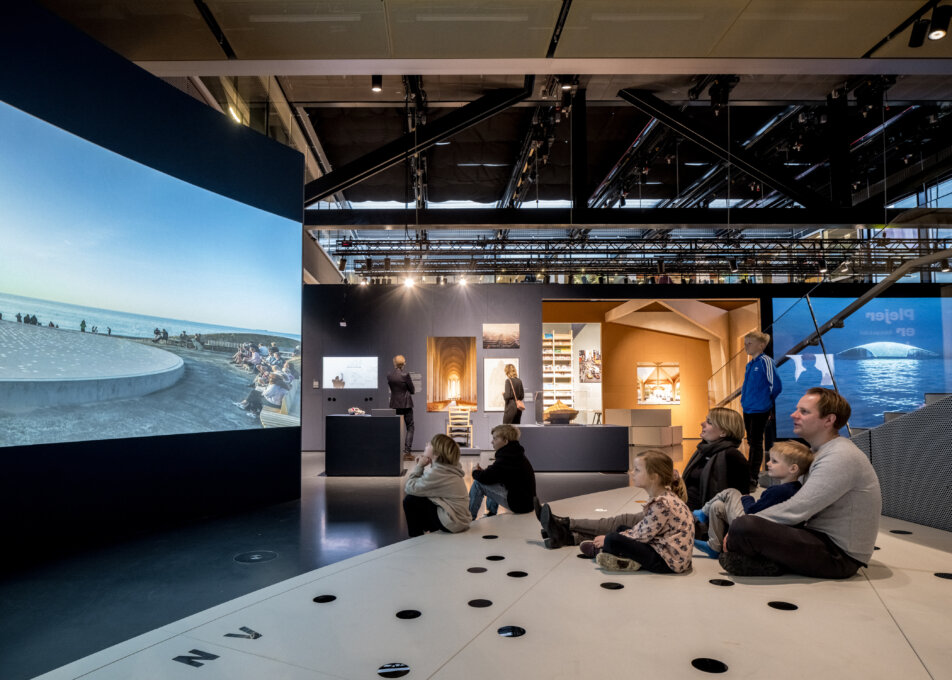
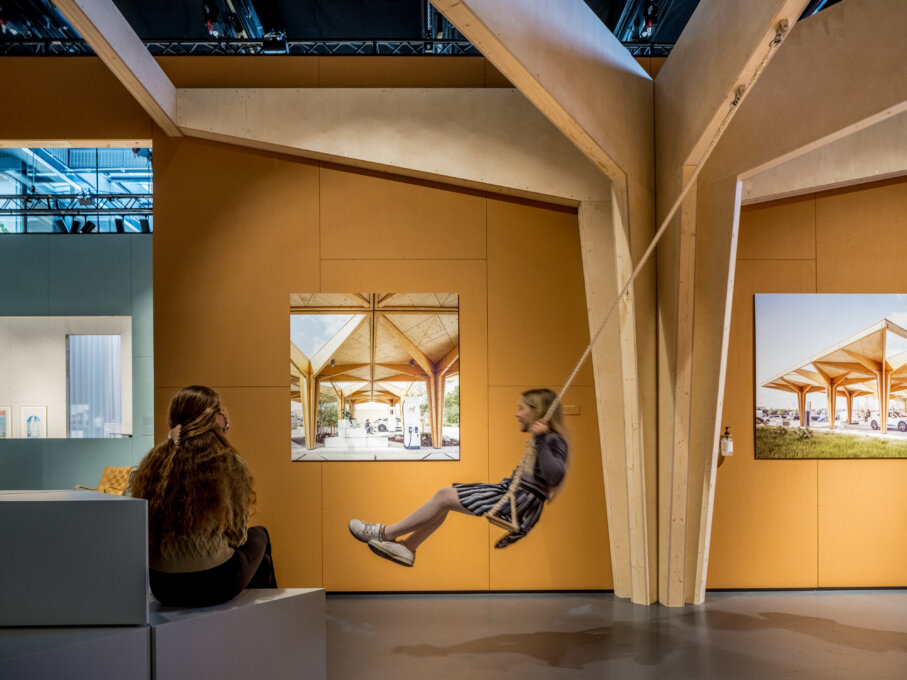
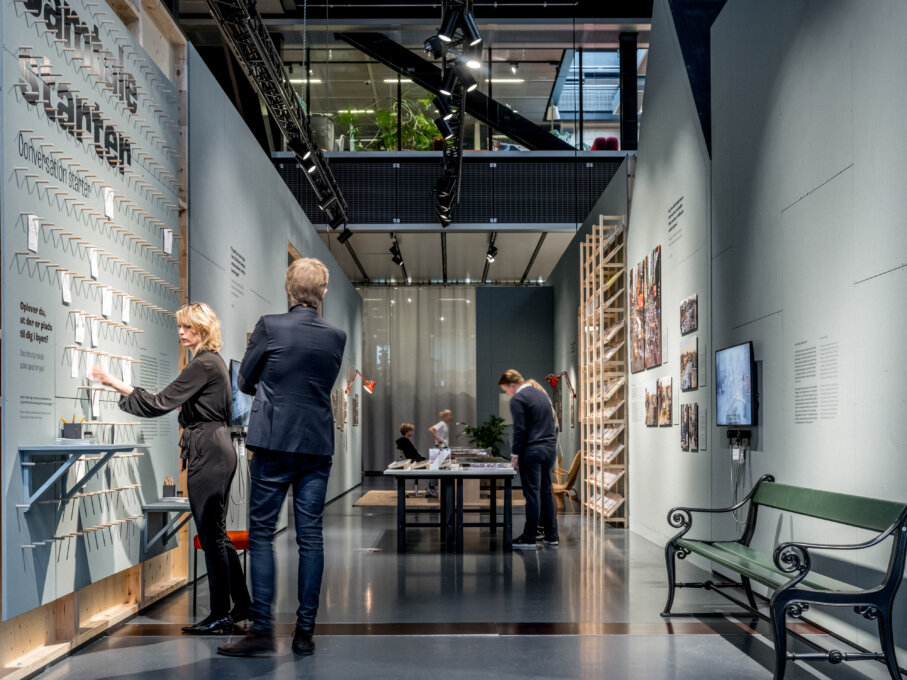


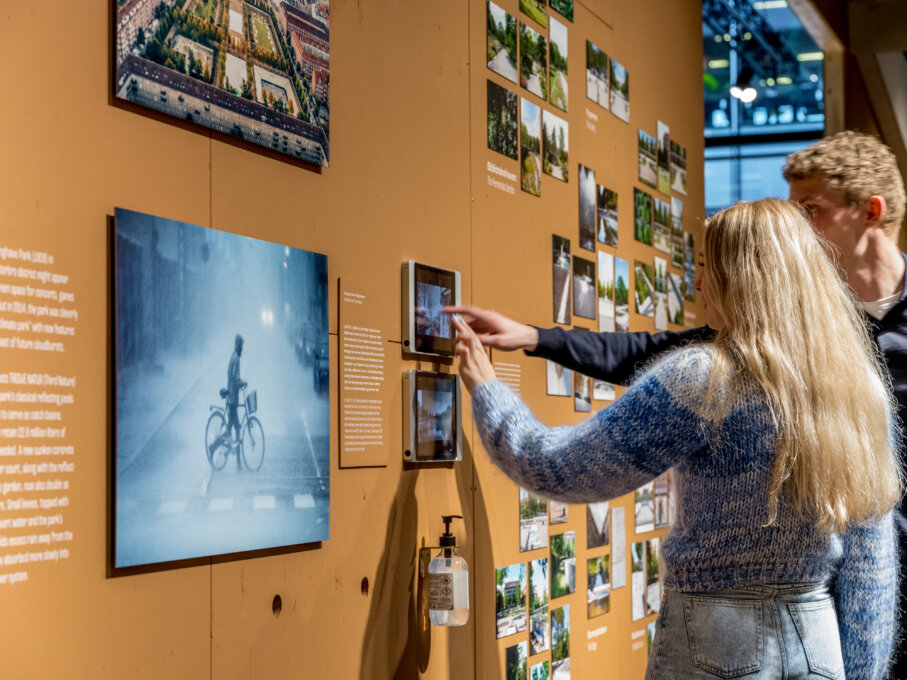
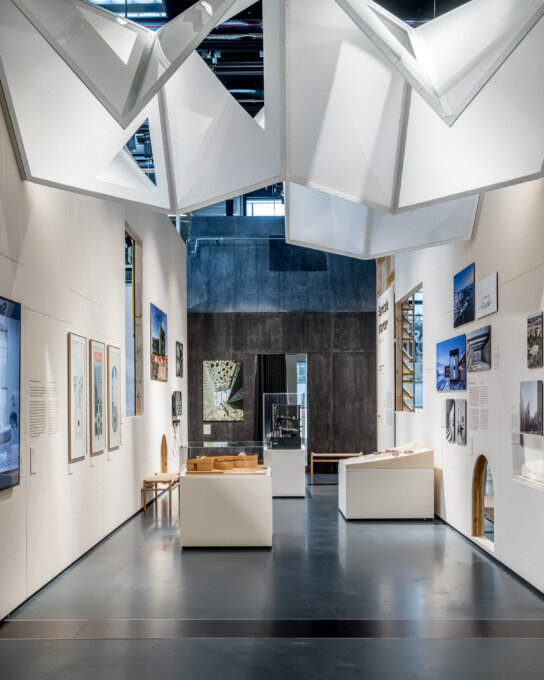
Share to
Backstage
By : Tinker imagineers & Danish Architecture Center
GRANDS PRIX DU DESIGN – 15th edition
Discipline : Interior Design
Categories : Culture, Sport & Leisure / Museum & Gallery : Gold Certification
Tinker had been commissioned to design a two-part temporary exhibition about the Danish way of life (Hello Denmark) and about Danish architecture (Backstage). To understand the country's architecture, you must first get to know the typical Danish life. In the exhibition Hello Denmark, the visitor experiences 6 installations, each representing an element from the everyday life the Danes value so highly and that influence how they build, reside, and live. The exhibition Backstage gives the visitor a unique look at what happens backstage when architects and urban planners create the urban spaces and buildings that form the framework for our lives. It focuses on key dilemmas in Danish architecture that affect us all. Can we (still) afford to live in the city? Are cities equipped to deal with climate change? It looks at the forces that drive development, the mistakes architects inevitably make along the way, and how we can fix them.
Visitors discover five sets constructed as a series of theatre stages, each with a specific theme. Have a look behind the facade and meet award-winning and ground-breaking architects such as Jørn Utzon, Dorthe Mandrup and Bjarke Ingels, each of whom has helped rewrite the architectural rules of play.
The brief was to create an interactive exhibition, including analogue experiences as well, that helps visitors understand the larger picture of Danish architecture. Through societal changes, key people, architectural icons, and examples of how Danish architects are shaping living conditions.
Denmark is known for its high livability ranking. Internationally, this is often quoted in Denmark's branding, ending up on lists of 'must-visit' places in influential media. But how do architects go about creating humanistic housing in big cities? What values do they hold? Here are a few examples from the exhibition.
Denmark has a proud tradition of incorporating daylight and inflow of light into the construction of homes and public buildings, but also into the way they live. But is daylight a human right? How does daylight affect our well-being? In the exhibition, the visitor visit a modern correctional facility, Ny anstalt Nuuk (New institution Nuuk) in Greenland, where the architects have incorporated daylight and nature into the architecture in a humanistic approach to prison design. The aim was to create the best conditions for rehabilitating the inmates. But can prisoners be too comfortable?
The visitor experiences a large model of Solnedgangspladsen (the sunset viewing point) in Skagen, designed by Kristine Jensen. Kick off your shoes, lie down and watch the sun set on Denmark’s northernmost point, and let yourself remember that, in the end, one of architecture’s principal aims is to bring people together.
Architect and urban planner Jan Gehl is relatively unknown. Nevertheless, his work has gained tremendous international recognition and made impact on the way the Danes approach urban planning today. Also abroad, where his book Life Between Buildings has been translated into 40 languages. In the exhibition, we hear him talk about his work in a video, explore his notebooks and discover what lies behind his fascinating studies, which have brought bike lanes to Moscow and a car-free zone to Times Square in New York.
Finally, the large stairway invites you to sit and take in all the different impressions while admiring the theatrical scenography – which creates a snapshot of the shared architectural story.
Collaboration
Interior Designer : Tinker imagineers
Other : Danish Architecture Center



